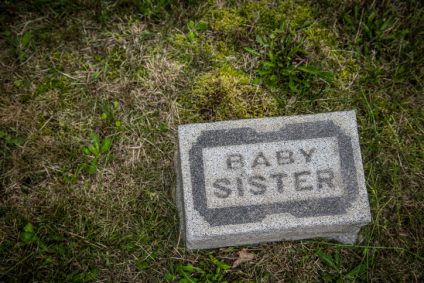
Last April, in an op-ed in the NYTimes, I explained Why is American homebirth so dangerous?:
The problem is that there are two types of midwives in the United States. The first, certified nurse midwives, called C.N.M.s, are perhaps the best-educated, best-trained midwives in the world, exceeding standards set by the International Confederation of Midwives. Their qualifications, similar to those of midwives in Canada, include a university degree in midwifery and extensive training in a hospital diagnosing and managing complications.
The other, certified professional midwives, or C.P.M.s, fall far short of international standards…
This second class of poorly trained midwives attend the majority of American home births…
The finding that homebirth with a CPM has a infant death rate 3-9X higher than hospital birth of comparable risk women is remarkably robust. There has not been a single study that has showed American homebirth to be as safe as hospital birth.
[pullquote align=”right” cite=”” link=”” color=”” class=”” size=””]Homebirth with a CPM is a form of Russian roulette, but it is the baby who takes the bullet[/pullquote]
The risk of neonatal death at homebirth is not evenly distributed as demonstrated in a new scientific communication by Grunebaum et. al., Planned home births: The need for additional contraindications.
The authors note:
The ACOG Committee on Obstetric Practice considers fetal malpresentation, multiple gestation, and prior cesarean delivery as the only absolute contraindications to planned home birth. The objective of this study was to identify planned home birth patients who may have additional contraindications.
The authors looked at a large number of births, 75,065 home and 1,098,700 hospital births. This chart makes it clear that other risk factors dramatically increase the risk of perinatal death at homebirth:

These findings are not surprising. Modern obstetrics is preventive care and preparedness. Those in higher risks groups are more likely to benefit from preventive care and preparation for emergencies since they are more likely to experience emergencies.
Homebirth with a CPM is a form of Russian roulette, but it is the baby who takes the bullet. Mothers are gambling that they won’t experience complications; if nothing happens, homebirth turns out fine. But if they guess wrong, they are far from the lifesaving measures that the baby desperately needs. Not surprisingly, the baby dies as a result.
Moreover, this study undercounts the risk. As the authors explain:
Our study shows that there are sub-groups beyond those listed by ACOG as absolute contraindications which are at significantly higher risks of NNM including nulliparous women, pregnancies ≥41 weeks, and women ≥35 years of age. Our data are likely an underestimate of the actual NNM outcomes at planned home births as patients transferred to the hospital with likely higher adverse outcomes are not included in the planned home birth outcomes. These significantly further increased neonatal risks in women with certain characteristics should be added when considering absolute contraindications for planned home births, and must be disclosed as part of the informed consent process when counseling patients considering a planned home birth.
The findings highlight that birth affirmations like “trust birth” and “your body was made to do this” are unadulterated nonsense and being “near” a hospital isn’t good enough. There is nothing trustworthy about birth; in every time, place and culture, it has been a leading cause of death among young women and THE leading cause of death of babies. Indeed the day of birth is the most dangerous day of the 18 years of childhood.
To the extent that women’s bodies are “designed” to give birth, they are designed to give birth in the teens and twenties, not over age 35. Moreover, just as a premature birth can be deadly, postdates birth can also be deadly.
Childbirth follows the exact same principles as the rest of human health. Prevention and preparation are the keys to good outcome, not pretending that bad outcomes won’t occur if you just wish hard enough.
American CPMs are grossly undereducated and grossly undertrained. They are not recognized as midwives and not allowed to practice in the Netherlands, the UK, Australia, Canada and all other first world countries. They are midwife wannabes who can’t be bothered to obtain the education and training of real midwives and babies die as a result.
Thinking about homebirth? Think again!

